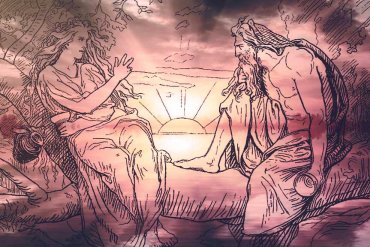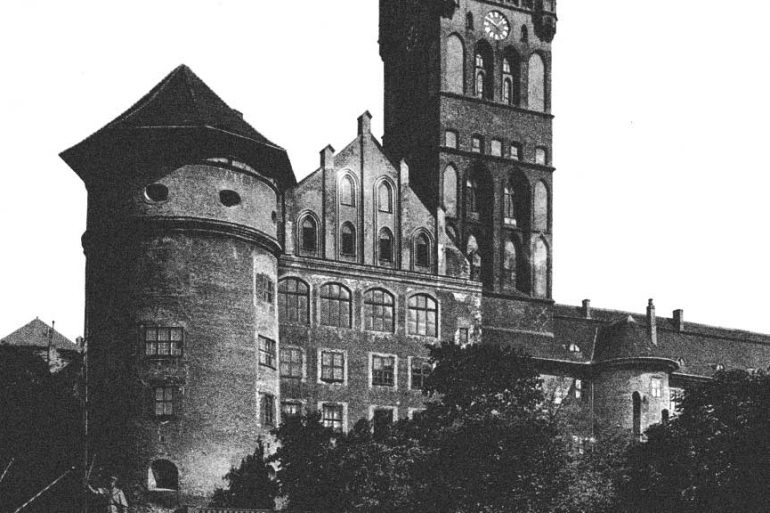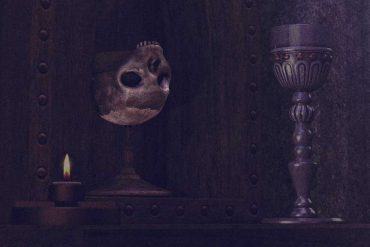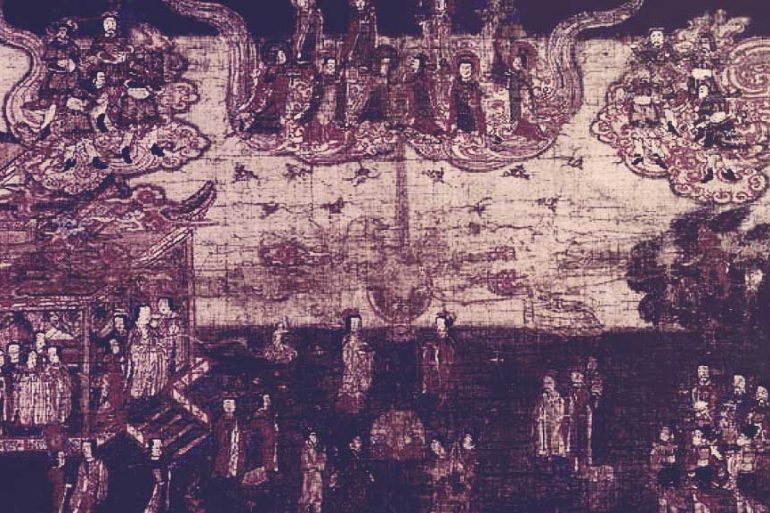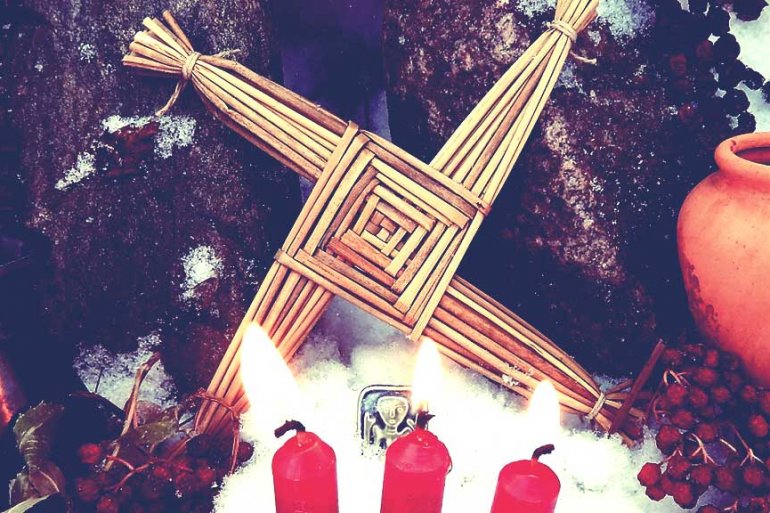It’s been said that Otto Maier headed to Pohjola. Maybe this was an astray for the powerful men who tried to track him down. Maybe it’s just a clue or perhaps a code. But where’s Pohjola? Pohjola_ (poch’-yo-la) means the Northland something very similar to Hyperborea. Kalevala Far up in the ice-bound north, where the sun is almost invisible in winter, and where the summer nights are bright as day, there lies a land which...
Tidbits on the tale of Frau Holle’s kitzen. There is a mountain in Hessen, Germany called the Meissner where one still can find traces of the central German goddess Holle, Holda or Helja. It’s a place where her cult seems to have survived for a long time. There are roads going to the mountaintop and there are many hiking paths. Close to the top is the Frau Holle Teich, a small lake fed by mountain...
Laurin ‘s marvels. Are you worthy to enter the Rosengarten? King Laurin ’s greatest marvel is his understanding of day and night, which is also that of life and death. Oh, how we would like to possess that knowledge! It is in these terms that men lament, but they need not. As one can always ascend to Laurin ’s marvellous kingdom. In spite of the silk threads which protect it. Still, one must be a knight… or a child… or […]...
Legend tells us that one day Ilias, founder of the city of Troy, was asleep and had an extraordinary dream that the gods were communicating with him. When he woke up he found nearby a statue of a woman holding a shield and carrying a spear. It was the sacred statue of Pallas Athena, the Palladium. We know from Plutarch that in antiquity Isis was identified with Athena, the Greek goddess of Wisdom. Athena got...
In the Maier files puzzle and quest everything adds up to something and there are several intertwined levels that will eventually result in solving the Otto Maier enigma. One clue and deeper meaning can maybe be found in the history of Saga because a Saga records the history of a people’s soul. Saga is one of the Norse goddesses who are numbered among the Asynjur. Snorri (Gylfaginning, ch. 35) lists her as the second goddess...
Did you know that witches consider amber as the best gemstone for locking thoughts and memories in place and keeping them safe? Known for its soothing properties Amber was used medicinally for thousands of years for headaches, heartaches, and pains of all kinds. (another hint in the Maier-files puzzle). One of the important threads in the Maier files series is the history and hidden secret of the Amber Room or in German Bernsteinzimmer. The Amber Room is a world-famous chamber decorated […]...
Like in all ancient Norse myths codes and messages are hidden within. Mainstream scholars like us to believe that these myths are just simple stories to entertain or to describe natural phenomena our dumb forefathers were too ignorant to understand. But these tales are like riddles and intellectual challenges to be solved and contain real wisdom and knowledge. Ms. Jessie L. Weston, after more than thirty years of study, wrote a little book entitled From...
In Sanskrit, skull cups are known as kapala, and they are generally formed from the oval section of the upper cranium. They served as libation vessels for large numbers of deities, which were mostly wrathful. However, they are also seen with gods such as Padmasambhava (India), who holds the skull cup, which is described as holding an ocean of nectar that floats in the longevity vase. This Elixir was at the heart of many secret...
The dualistic religious system of Mani is a combination of Gnostic Christianity, Buddhism, Zoroastrianism, and various other elements, with a basic doctrine of a conflict between light and dark, matter being regarded as dark, evil and imperfect. The physical world, nature and life are considered as the realm of the dark creator or the true devil and should be resisted. “Manichean” has come to describe a tendency to see things in overly simple terms as wholly evil or wholly good, […]...
Hidden within age-old classic stories lie the hermetic teachings of alchemy and Freemasonry. In his Mystery of the Cathedrals, the great alchemist Fulcanelli revealed the teachings of the hermetic art encoded in the sculpture and stained glass of the great cathedrals of Europe. What he did for churches, his disciple Bernard Roger does here for fairy tales. It is customary to label as legend the story of a fabulous “fact” attached to either a place—a...
Apollo, the Bearer of Light, patron of poets and travellers, would never abandon his own in distress. He himself had become an outlaw, even seen as the Devil. But as he was not the Devil, he watched over, in accordance with the celestial laws, the forests and the routes. On the bridle of his charger, he left his carbuncle shining like the sun. When one of his minstrels died, he carried him above the clouds...
To fully grasp a Deity, you need to make an effort to understand the heritage and characteristics of the very first people to worship that Deity. Brigid the Celtic goddess Brigid originated in the pantheon of the Celtic people—the inhabitants of Ireland and the British Isles. Similar to Brigid, the history of these folks is mysterious and multifaceted. You can somewhat decipher what’s going on, but a large amount of the heritage is lost. Mysterious artifacts reveal a little […]...





